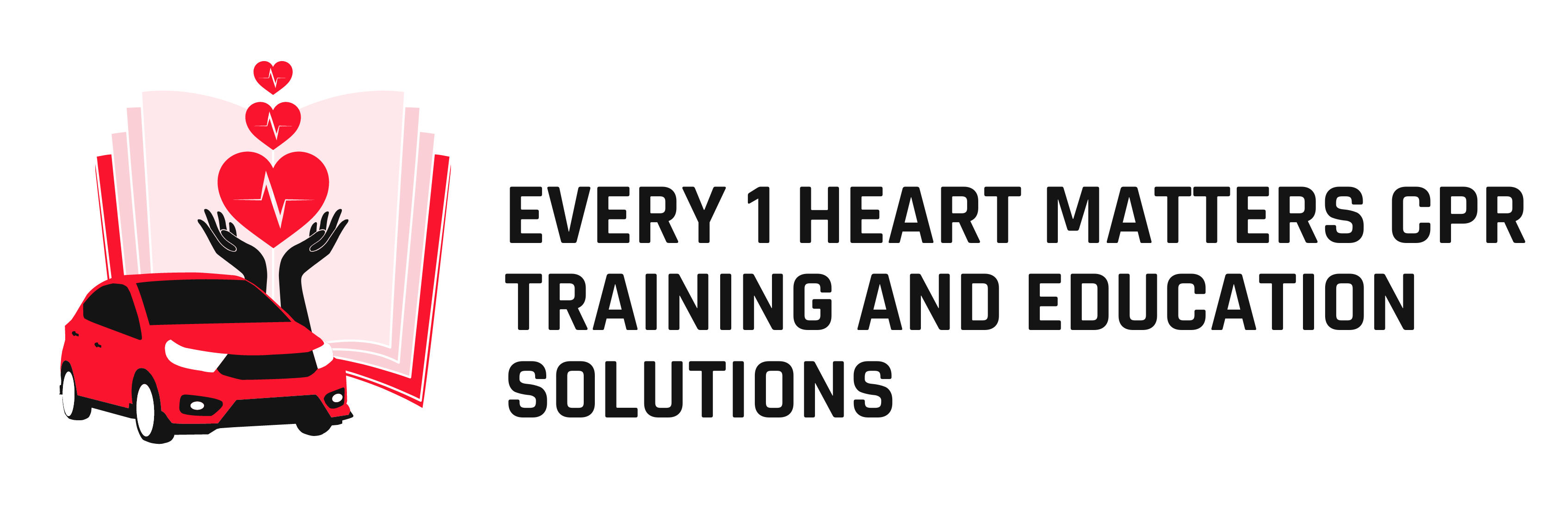We understand that safety is a fundamental aspect of personal well-being, whether it’s at home, in the workplace, or in public spaces. Our comprehensive safety training programs cover a wide range of topics, including emergency preparedness, hazard identification, risk assessment, and proper response protocols.
At Every 1 Heart Matters CPR Training and Education Solutions, we prioritize the importance of safety in all aspects of life. Our safety training service is dedicated to empowering individuals with the knowledge and skills necessary to create a safe and secure environment for themselves and others.



